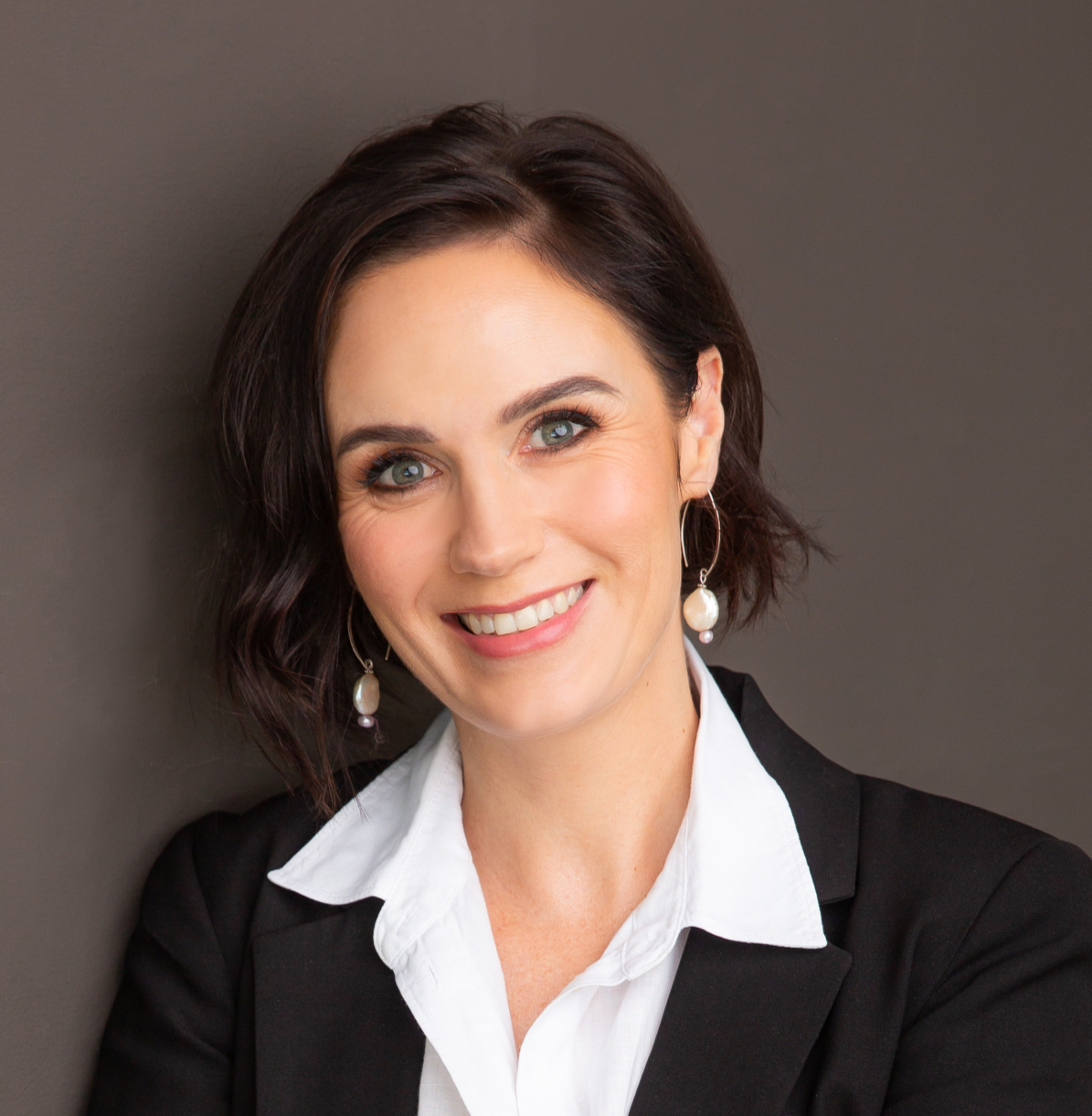Can Facial Palsy be Cured? What You Should Know.
- Carianne Vermeulen

- 18 minutes ago
- 5 min read
Understanding Facial Palsy
Facial palsy, also called facial paralysis or facial nerve palsy, is a condition that affects how the face moves and expresses emotion. It occurs when the facial nerve (cranial nerve VII) is damaged, interrupting communication between the brain and facial muscles.

This can lead to weakness or paralysis on one side of the face, affecting smiling, blinking, speech, and overall facial symmetry. Because our face plays such an important role in identity and connection, facial palsy often feels deeply personal.
Many patients ask the same question early on: “Can facial palsy be cured?”
The answer depends on several factors, but with the right treatment, including specialist facial therapy, recovery is often better than most people expect.
What Causes Facial Palsy?
Before we talk about cure and recovery, it is important to understand the cause. The underlying reason for the nerve injury will largely determine how much recovery is possible. Some of the most common causes of facial palsy include:
1. Bell’s Palsy
The most common cause of sudden facial paralysis.
Usually results from inflammation of the facial nerve, often following a viral infection.
Recovery: 70% people recover fully, especially with early treatment and therapy.
2. Ramsay Hunt Syndrome
Caused by the varicella-zoster virus (the same virus that causes shingles).
Often presents with facial paralysis, ear pain, and a rash around the ear or mouth.
Recovery: May be slower and less complete than Bell’s palsy, but specialist therapy and early antiviral treatment improve outcomes.
3. Traumatic or Surgical Facial Nerve Injury
Occurs after head trauma or surgery (e.g., parotid gland, skull base, or acoustic neuroma surgery).
Recovery: Depends on whether the nerve was stretched, compressed, or cut. If repaired surgically, therapy is still essential for retraining coordinated movement.
4. Congenital or Developmental Facial Palsy
Present from birth (for example, Moebius syndrome).
Recovery: Not “curable,” but therapy can optimize movement, balance, and expression.
5. Facial Weakness After Stroke or Tumor
Can occur when the facial nerve or brain pathways are affected.
Recovery: Varies depending on the site of injury and timing of intervention, but rehabilitation can improve coordination and expression.
What Does “Cure” Really Mean?
When people ask if facial palsy can be cured, they are usually asking if their face will ever look and move “normally” again.
In some cases, such as mild Bell’s palsy, the answer is yes, full recovery is possible. In other cases, recovery is partial but functionally excellent, meaning the person regains symmetry, comfort, and control, even if subtle differences remain.
The reality is that the facial nerve heals slowly and imperfectly. As it regenerates, some nerve fibers may reconnect incorrectly, leading to issues such as:
Synkinesis: Involuntary movements (for example, the eye closing when smiling).
Tightness or spasms: Overactivity of certain muscles.
Residual weakness: Slight loss of movement precision.
So while a complete “cure” is not always possible, targeted facial therapy can dramatically improve function, comfort, and confidence.
How the Facial Nerve Heals
The facial nerve regenerates at about 1 mm per day, meaning full recovery can take weeks or months. But nerve healing is only part of the story. The brain must also relearn how to coordinate facial movements.
Without guided rehabilitation, the brain may form inefficient movement patterns, reinforcing asymmetry and synkinesis. That is why specialist facial therapy is key: it teaches the brain to reconnect with the right muscles in the right way.
How Specialist Facial Therapy Helps
Specialist facial rehabilitation therapy focuses on retraining precise movement, improving symmetry, and supporting long-term recovery.
Here is how it works:
1. Early Intervention and Education
In the early, or acute, phase of facial palsy, therapy focuses on protecting the eyes, managing facial flaccidity, and supporting essential functions such as eating, speaking, and overall communication. Careful attention is given to maintaining muscle mobility, preventing shortening, tightening, and stiffness. Alongside physical management, psychological support is provided to help patients cope with the emotional impact of sudden facial changes, addressing anxiety, frustration, and self-esteem concerns. This comprehensive, balanced approach not only promotes optimal physical recovery but also lays a strong foundation for long-term rehabilitation and emotional well-being.
2. Movement Retraining
As nerve signals begin to return, therapy shifts to movement retraining, emphasizing controlled and precise movement of the facial muscles. The goal is to re-educate the facial muscles, promoting coordinated movements while preventing the development of unwanted or compensatory movement patterns.
3. Manual and Sensory Techniques
Manual and sensory techniques involve hands-on therapy to release muscle tightness and restore normal tone. This can include gentle massage and stretching, neuromuscular facilitation, and sensory re-education, all aimed at improving muscle function and enhancing overall facial movement.
4. Synkinesis Management
In chronic cases, therapy targets involuntary movements and helps retrain the brain for better muscle isolation. In some cases, combining therapy with Botox injections can further reduce overactivity and enhance coordination and symmetry.
5. Long-Term Support
Specialist facial therapy offers long-term support to maintain facial symmetry, movement, and comfort as recovery evolves. It provides ongoing guidance, tailored home-programmes and adjustments to sustain progress and prevent complications over time.
Can Long-Standing Facial Palsy Improve?
Yes. Even years after onset, facial therapy can help.
While complete recovery may not be possible, many patients experience significant improvements in:
Facial symmetry
Comfort and relaxation
Natural expression
Speech and eating function
Confidence in social situations
Therapy is never “too late.” The brain remains capable of change through neuroplasticity, allowing gradual improvements in coordination and control.
The Emotional Side of Recovery from Facial Palsy
Facial palsy is not just physical. Many people experience frustration, anxiety, or reduced confidence because their facial expression no longer matches how they feel.
Therapy supports both the physical and emotional journey, helping individuals reconnect with their identity, confidence, and social participation. Even small physical improvements often lead to meaningful psychological recovery.
Can Facial Palsy Come Back?
Recurrent facial palsy is rare but possible, especially in individuals with underlying risk factors such as diabetes, viral reactivation, or structural nerve compression.
If symptoms return or fluctuate, it is important to consult your doctor or a specialist promptly to determine the cause and begin early intervention.
When Should You Start Facial Therapy?
The sooner, the better. Early referral to a specialist can prevent long-term complications and improve recovery outcomes.
You should seek professional help:
Within days or weeks of onset (for Bell’s palsy or Ramsay Hunt)
Immediately after surgery or trauma affecting the facial nerve
As soon as recovery signs appear (e.g., twitching, flickering movements)
Even if months or years have passed, therapy can still help — especially when guided by a specialist facial therapist experienced in nerve rehabilitation.
A Team Approach to Recovery from Facial Palsy
Successful recovery from facial palsy often involves a multidisciplinary team, which may include:
ENT or neurology specialists for diagnosis and medical management
Plastic surgeons for nerve repair or reanimation procedures
Ophthalmologists for eye protection
Specialist facial therapists for ongoing rehabilitation
Psychologists or counsellors for emotional wellbeing
Working together ensures that every aspect of recovery, from nerve health to expression and confidence, is supported.
So, Can Facial Palsy Be Cured?
Facial palsy recovery varies greatly. While some individuals, especially those with mild or moderate Bell’s palsy may experience full recovery, others achieve significant functional improvement through specialist facial therapy.
No two journeys are the same, and progress is rarely linear, but with early specialist intervention, targeted retraining, and patience, the outcomes can be remarkable. Even years later, therapy can meaningfully restore comfort, coordination, and confidence. Ultimately, recovery is both a physical and emotional process, guided by expert care and the body’s remarkable capacity for healing and neuroplasticity.
Looking for Specialist Facial Therapy?
At Facial Palsy SA we provide evidence-based rehabilitation for all types of facial palsy, from acute Bell’s palsy to long-standing synkinesis and post-surgical nerve injury.
Our goal is to help you regain movement, comfort, and natural expression through individualized care.
If you or someone you know is living with facial palsy, reach out for a comprehensive assessment and treatment plan designed around your unique recovery journey.
Contact us today to book your consultation.


Comments